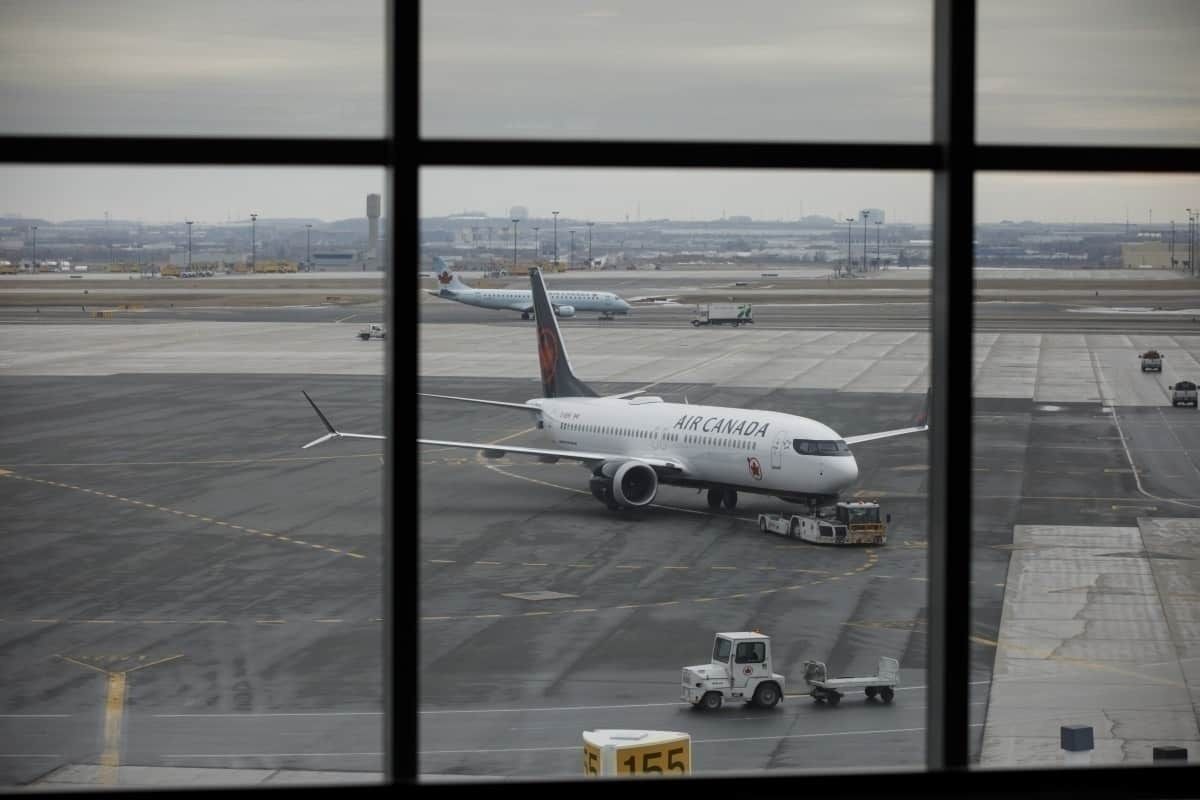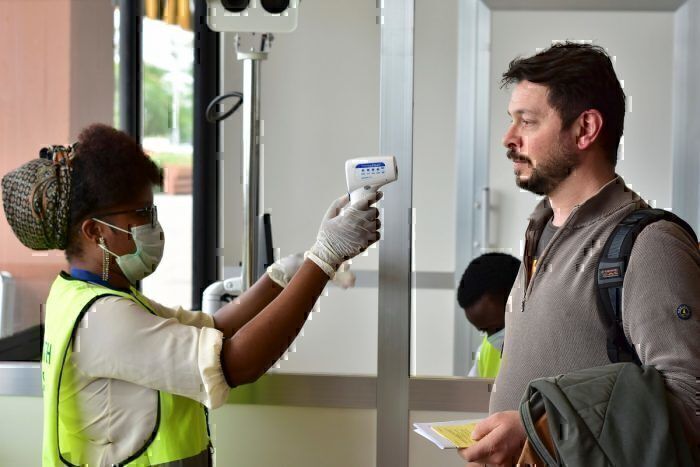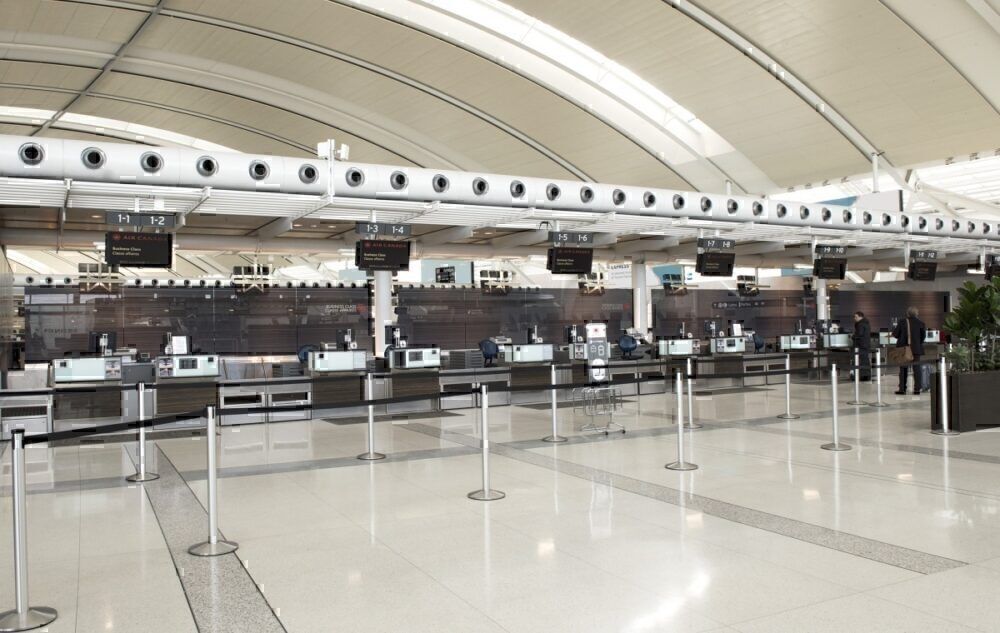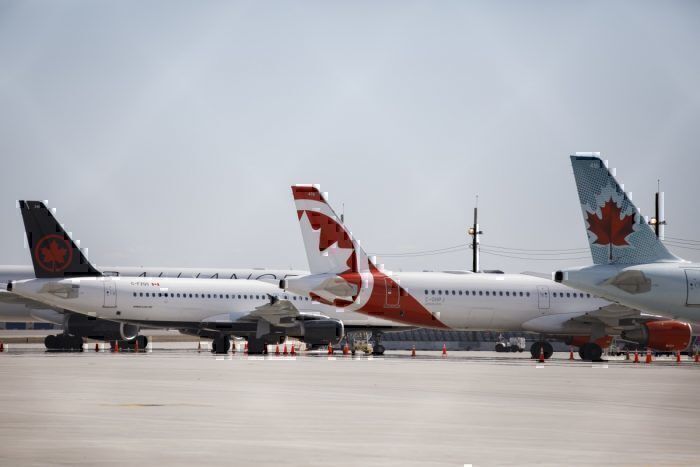Air Canada will become the first airline in the Americas to require passengers to undertake temperature checks. From May 15th, all passengers will have an infra-red test before they can board a flight. This comes as part of wider changes being introduced to keep passengers and crew safe, as all airlines look at ways to increase flying safely.
Taking passenger temperatures
Air Canada announced a new series of measures on May 4th as part of its response to COVID-19. The most significant of these is for all passengers to require a temperature check before boarding. This will apply from May 15th and will be implemented at all Air Canada destinations, as reported by Forbes.
Passengers will have their temperature taken using an infra-red scan. They will also have to complete a health questionnaire and, if deemed unwell, they will be refused travel. Air Canada will re-book passengers who cannot travel for free.
Air Canada is the first airline in North or South America to require this. While many airlines now enforce the wearing of masks and have introduced social distancing in their cabins, no North or South American airline has yet mandated temperature checks.
Part of a more extensive package of changes
The requirement for temperature checks comes as part of a series of changes announced by Air Canada. This is being referred to as 'CleanCare+' and will go into effect on May 15th. These include many operational changes to check-in, boarding, and in-flight, designed to keep passengers and staff safe. This includes a thorough cleaning of check-in desk and boarding gates, and face coverings being worn by all passengers and crew.
Onboard, there will be several changes as well. There will be improved cleaning of all cabin areas using electrostatic cabin spraying. Passengers will receive 'Customer Care Kits' that include hand sanitizer and disinfecting wipes. And until the end of June, all adjacent seats will be blocked in economy class.
The airline is prepared to go further too. It has said it will consider increased screening measures, such as the use of blood oxygen levels tests, as and when they become available.
Speaking about the new CleanCare+ package, Calin Rovinescu, President and Chief Executive Officer of Air Canada, explained the importance of protecting passengers and staff as they expand services. He said:
"While we are eager to see the reopening of economies and the restart of commercial aviation, the safety of our customers and employees is Air Canada's core value and we aim to establish the highest standards of hygiene, cleanliness and attention to public health guidelines."
Getting flying again
Protecting passengers, and gaining confidence, will be crucial if airlines are to increase flying. Air Canada has already said it expects it to take a minimum of three years to return to 2019 levels of service. It has also announced the early retirement of 79 aircraft.
Measures such as temperature and health checks will likely become increasingly important, and common, as aviation opens up. As governments review entry restrictions for countries, many are looking at the options of enforced quarantine versus compulsory health checks. Airlines that get started on this early could well find themselves better placed to comply.
What do you think about the different measures being taken by airlines as part of their COVID-19 responses? We would love to hear your thoughts in the comments.




